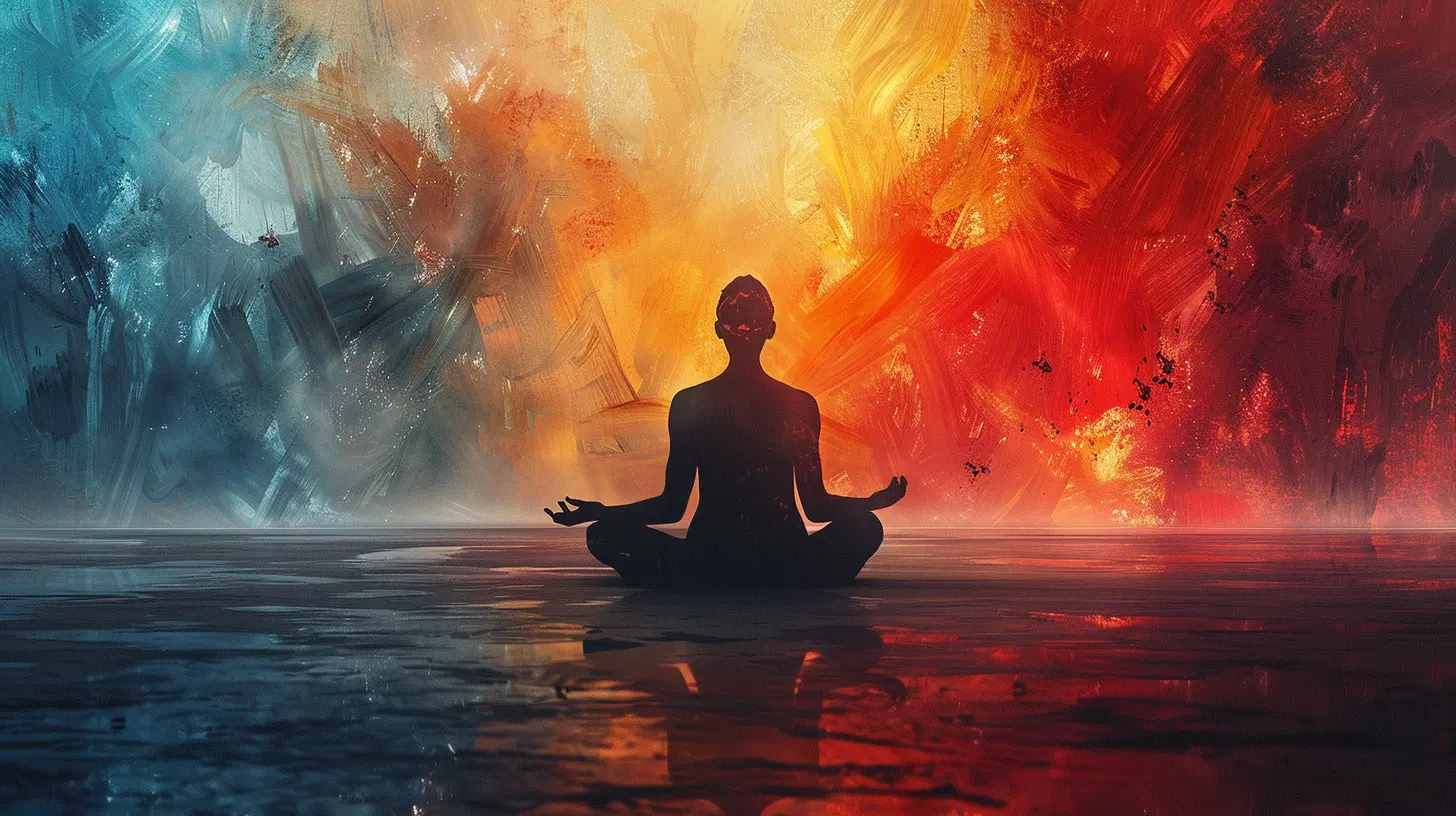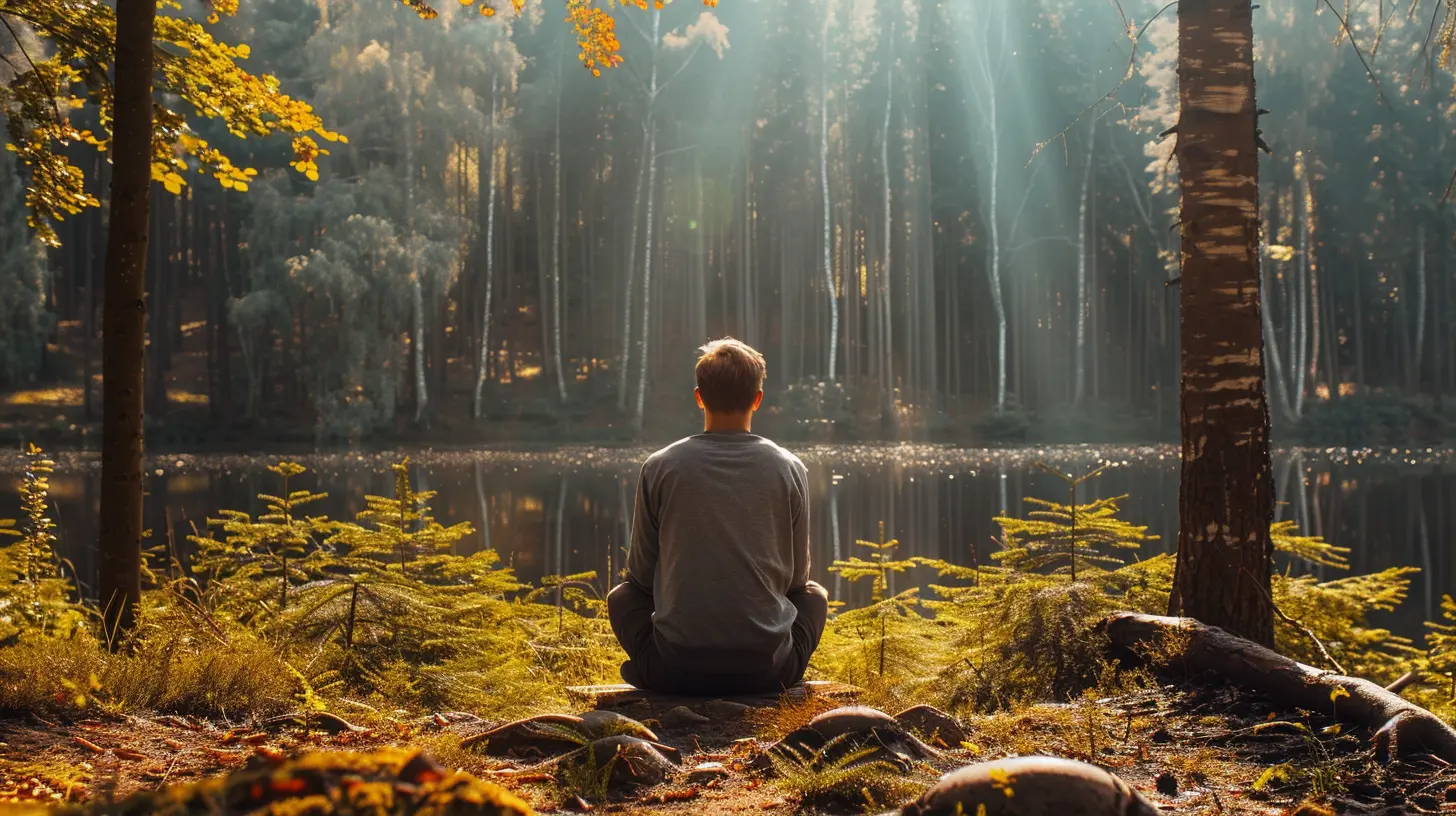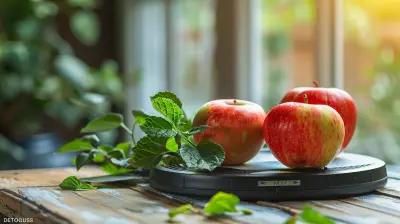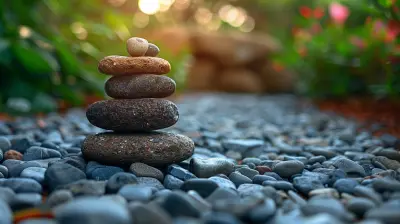Meditation as a Tool for Enhancing Creativity
23 October 2025
Ever find yourself staring at a blank page, waiting for inspiration to strike like lightning? Or maybe you’re stuck in a loop of the same old ideas, craving something fresh and original? You’re not alone. Creativity is a wild thing—it doesn’t always show up when we need it most. But what if I told you there’s a way to gently coax it out? A way to open the floodgates of inspiration without pushing or panicking?
Welcome to the world of meditation—a tool that might just be your creativity’s new best friend.
🧘♂️ What Does Meditation Have to Do with Creativity?
On the surface, meditation and creativity might seem like two very different things. Meditation is about stillness, quieting the mind; creativity is often loud, colorful, and full of movement. But here’s the magic: creativity actually flows best when the mind is calm and open.Ever noticed how your best ideas come to you in the shower or just as you're about to fall asleep? That’s because creativity loves a relaxed mind. Meditation clears away the mental clutter, making space for those “Aha!” moments to pop in.
💥 The Science Behind It: Meditation and the Creative Brain
Okay, let’s get a bit nerdy for a second—but I promise, it’s worth it.When you meditate, especially with techniques like mindfulness or focused attention, you lower activity in the brain’s “default mode network.” This area is usually buzzing with self-referential thoughts (like overthinking or fear of judgment). Once that noise settles, the brain starts activating parts responsible for imagination, divergent thinking, and problem-solving.
Several studies show that meditation increases activity in the prefrontal cortex and the anterior cingulate cortex—both tied to creative thinking, focus, and emotional regulation. Simply put, meditation rewires your brain to be more inventive and open.
How cool is that?
🎨 Meditation Unlocks Different Types of Creativity
Not all creativity looks the same. Some people dream up wild stories, others design innovative products, and some whip up delicious meals using three pantry items and leftover rice. Meditation supports all of these different creative flavors by improving:- Divergent thinking: This is the ability to think of many solutions for one problem. Meditation helps the mind stay flexible and non-judgmental, perfect for brainstorming sessions.
- Insightful thinking: Ever had a lightbulb moment that suddenly made everything make sense? Meditation enhances those “aha!” insights by calming mental noise.
- Focused creativity: Got a great idea but can’t quite execute it? Meditation helps keep your attention on the task so your brilliant ideas don’t fizzle out.
🛠️ How to Use Meditation as a Tool for Boosting Creativity
You're probably wondering: Okay, this all sounds awesome, but how do I actually do this?Good news—meditating for creativity doesn't mean sitting cross-legged for hours, chanting mantras. (Unless you're into that, then go for it!) You can actually tailor your meditation practice to spark your creative side.
1. Mindfulness Meditation
This is the go-to practice for beginners. It involves paying attention to your breath, bodily sensations, or thoughts as they arise—without judgment.Why it works: By observing your mind instead of being carried away by every thought, you create mental room. That space is where creative magic begins.
Try this: Sit quietly for five minutes and focus on your breath. When thoughts come up—and they will—simply notice them and come back to your breath. It’s like cleaning the window so the sunlight (or creativity) can shine through.
2. Visualization Meditation
Got a concept you’re trying to develop? Visualization can fuel your imagination. Picture the idea vividly in your mind. Add colors, shapes, motion. Let it evolve.Why it works: Visualization activates the brain similarly to real-life experiences. It exercises your imagination muscles and helps you “see” solutions more clearly.
Try this: Focus on your creative project and imagine it completed. How does it look? How does it feel? Let your mind wander into the possibilities.
3. Walking Meditation
Not everyone likes sitting still—and that’s okay. Walking meditation is a mindful stroll where you pay attention to each step, your breath, or the environment.Why it works: Movement loosens the body, which can loosen mental blocks too. Many creatives find that ideas flow better when they’re physically moving.
Try this: Take a 10-minute walk without your phone. Just observe. Notice the breeze, the sound of your feet, the colors around you. Let your mind relax and wander.
4. Loving-Kindness Meditation
This one might sound unrelated at first, but hear me out. Loving-kindness meditation involves sending goodwill and compassion to yourself and others.Why it works: Negative self-talk kills creativity. When you feel good about yourself, you’re more likely to take creative risks and silence that inner critic.
Try this: Sit quietly and think, “May I be happy, may I be creative, may I be free from fear.” Then extend those wishes to others. It’s like giving your inner artist a confidence boost.
🧠 Real-Life Artists and Creatives Who Meditate
Still not convinced? Let’s talk about the pros.Many artists, writers, and innovators have tapped into meditation to boost their creative edge. We're talking about everyone from Steve Jobs to David Lynch to Oprah. These aren’t just wellness influencers—they're creators at the top of their game.
Steve Jobs often spoke about how Zen meditation shaped his thinking and design philosophy. David Lynch swears by Transcendental Meditation, claiming it’s the secret to accessing creativity "deep within." These people didn’t just meditate for stress—they used it to innovate.
If it worked for them, why not give it a shot?
🔄 How Meditation Breaks Creative Blocks
We’ve all been there. That frustrating place where nothing comes out right, and everything feels forced. Creative blocks aren’t just irritating—they’re soul-sucking. But here’s what causes them:- Overthinking
- Self-doubt
- Mental fatigue
- Fear of judgment
Meditation tackles all of that. It slows the spiral of over-analysis and eases anxiety. It reminds you that you are not your thoughts. You’re the observer, the vessel, the channel. And once that pressure lifts, ideas start flowing again.
Think of meditation like a reset button for your creativity. When the gears are stuck, a few quiet minutes can get them turning again.
🌱 Growing Creativity Over Time with a Daily Practice
Let’s be real—meditating once won’t turn you into Picasso overnight. But consistency? That's where the magic happens.Daily meditation is like watering a plant. At first, you might see nothing. But beneath the surface? Roots are growing. Stay with it, and eventually, your creative ideas will blossom like wildflowers.
Start small. Five minutes a day is better than none. No need for a fancy setup or perfect quiet. Just find a corner, close your eyes, and breathe.
Bit by bit, meditation will train your brain to stay open, calm, and ready for inspiration.
📚 Bonus Tips to Supercharge Your Creative Meditation Practice
Want to take your meditation-for-creativity game to the next level? Try these tips:- Journal after meditating: Capture any new ideas or feelings.
- Use music or scents to set the mood.
- Try guided meditations specifically for creative thinking (loads of apps out there).
- Combine with your creative ritual (meditate before painting, writing, designing, etc.).
Remember, meditation isn't just a practice—it’s a mindset. One that says, "I am open to inspiration."
✨ Final Thoughts: Your Mind Is a Creative Playground
At the end of the day, creativity isn’t about forcing ideas—it’s about allowing them. Meditation is the access key to that creative playground inside you. When you make space for silence, you make space for genius.So the next time you’re stuck, overwhelmed, or just looking for a spark, don’t panic. Sit down. Breathe. Close your eyes.
And let the muse come to you.
all images in this post were generated using AI tools
Category:
MeditationAuthor:

Sophia Wyatt
Discussion
rate this article
1 comments
Soliel Frye
Who knew sitting still could unleash such wild ideas? I’m just waiting for my thoughts to start painting masterpieces while I’m stuck in a lotus position!
October 30, 2025 at 5:19 AM

Sophia Wyatt
Absolutely! Meditation often sparks creativity by quieting the mind and allowing ideas to flow freely. Embrace the stillness!


